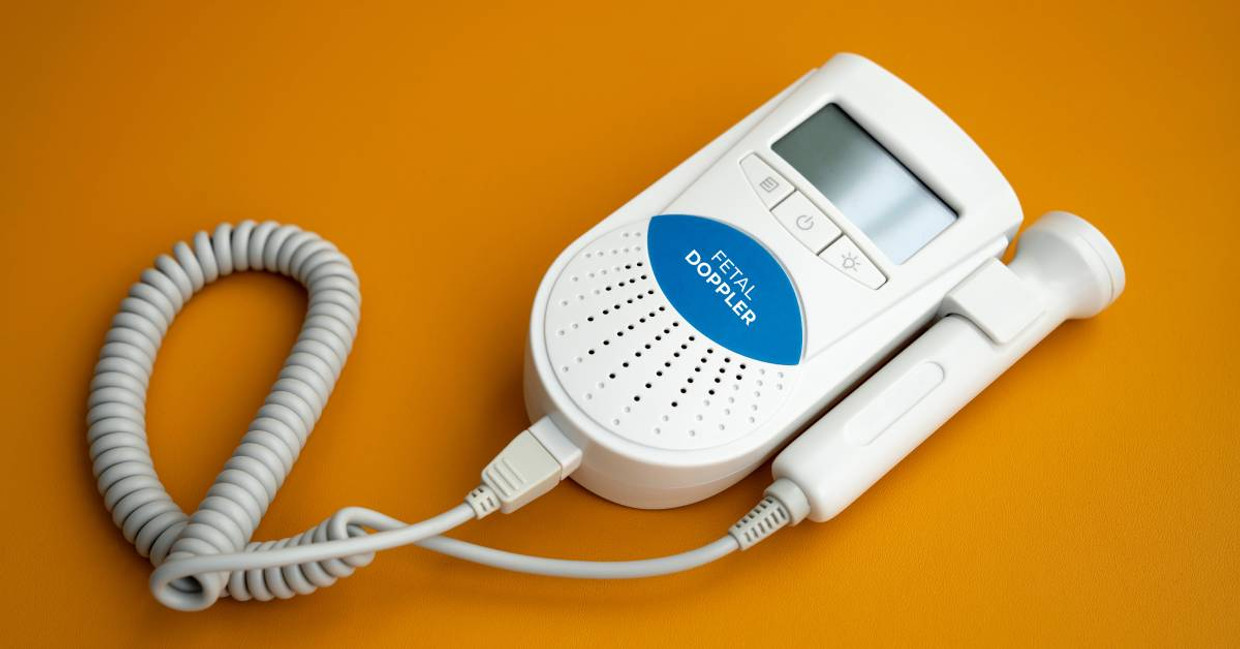Safety Considerations When Using Obstetric Dopplers
Obstetric Dopplers have become an invaluable tool in midwifery, providing essential insight into fetal health by allowing the monitoring of fetal heart rates. However, it's crucial to adhere to specific safety protocols to ensure the safety and well-being of both mother and baby. This guide will provide midwives with practical advice and safety considerations when using obstetric Dopplers.
Regular Calibration and Maintenance
Ensuring the accuracy and reliability of your obstetric Doppler begins with proper calibration and maintenance. It is crucial to regularly check the equipment according to the manufacturer's guidelines and specifications.
This involves inspecting the device for signs of wear and tear, ensuring all settings are correctly adjusted, and verifying that the Doppler's functionality aligns with the expected standards. Taking these steps guarantees precise readings and extends your device's lifespan, maintaining its efficacy and consistency over time.
Proper Training
Comprehensive training is paramount for effectively using obstetric Dopplers. Midwives and healthcare professionals must be thoroughly educated in handling the equipment and interpreting the data it collects.
This involves understanding how to position the Doppler correctly, how to identify fetal heart rates, and how to distinguish between normal and abnormal readings. Proper training helps minimize the risk of misdiagnosis, which can have serious implications and can prevent unnecessary alarm during routine check-ups.
Infection Control
Implementing strict hygiene protocols is crucial to prevent cross-contamination and infection in healthcare settings. Always clean the Doppler and transducer thoroughly before and after each use, using appropriate disinfectants and following recommended cleaning procedures.
This practice protects the mother and baby by maintaining a sterile environment and minimizing the risk of transmitting infections, which is critical in healthcare settings where patient safety is a priority.
Monitoring Duration and Frequency
While obstetric Dopplers are an effective tool for monitoring fetal health, it's essential to be mindful of exposure levels. Adhering to the precautionary principle, midwives should carefully consider the duration and frequency of Doppler use during prenatal visits.
Midwives should understand the guidelines for safe ultrasound exposure and balance the need for information with the potential risks of prolonged exposure to ultrasound waves. By doing so, healthcare providers safeguard maternal and fetal health, maximizing the benefits of monitoring without compromising safety.
Device Familiarization
Healthcare technology is continually evolving, and staying updated with the latest obstetric Doppler models is vital for providing high-quality care. Healthcare professionals should take the time to familiarize themselves with new features or technological advancements that may affect the application and functionality of these devices.
Professional development and continuous learning ensure staff are proficient and prepared to utilize any updates while maintaining a high standard of care.
Choose Cascade Health Care for High-Quality Dopplers
Prioritizing safety when using obstetric Dopplers ensures the well-being of your patients and enhances your professional practice. By implementing these safety considerations, midwives can confidently provide the highest-quality care.
If you’re seeking medical-grade fetal dopplers, explore the options available at Cascade Health Care. Our products help enhance the quality and safety of your practice.
Recent Posts
-
Exploring Recent Innovations in Doppler Signal Processing
Doppler technology has become an essential diagnostic tool in modern medicine, enabling healthcare p
-
Exploring Recent Innovations in Doppler Signal Processing
Doppler technology has become an essential diagnostic tool in modern medicine, enabling healthcare p


